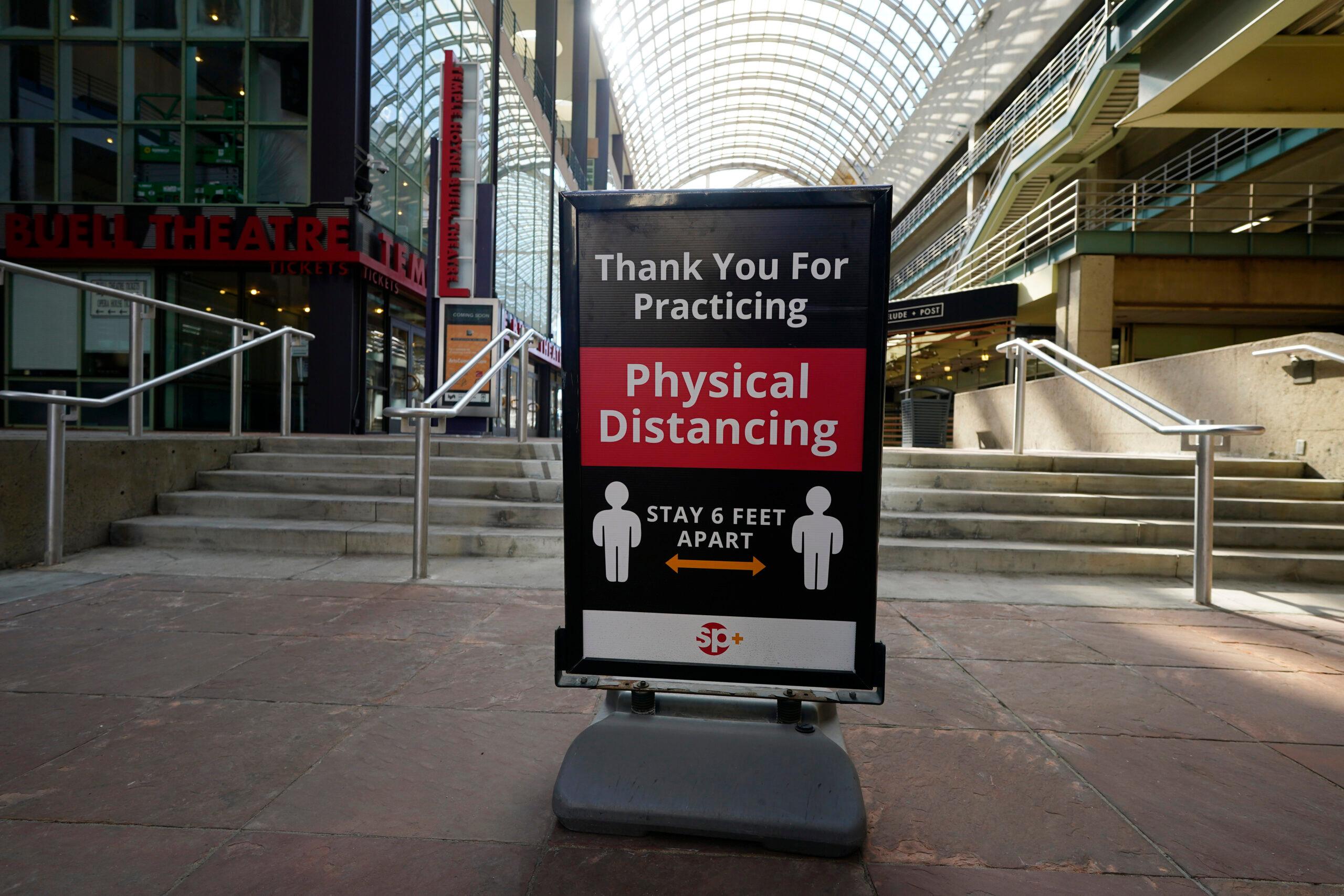
Colorado plans to reduce or eliminate some remaining COVID-19 health restrictions next week, allowing bars to re-open in most places and largely allowing counties to become responsible for setting their own conditions in the near future.
In a release sent out at 5:51 p.m. Friday evening, state health officials said the growing availability of vaccines would make it possible for the state to step back from overseeing health restrictions, putting it in the hands of local officials by mid-April.
"Because of the commitment of all Coloradans, we are where we are now, able to be less restrictive and provide local communities and their public health agencies more control while still protecting the public's health," said Jill Hunsaker Ryan, the executive director of the Colorado Department of Public Health and Environment.
The release of COVID restrictions "Dial 3.0" is technically a request for public input between Friday night and noon on Monday. But the release leaves little question that this is happening fast.
The changes will make it easier for most of the state's counties to be shifted to "Level Green" on the state's color-coded system, with indoor capacity, including at bars that have been closed for months, raised to 50 percent of full or 500 people. Offices and retail shops will be allowed to open at 75 percent capacity. All limits on "personal gathering sizes" for home parties will be removed.
The changes come at what appears to be a precarious moment for the state in the pandemic.
Since state restrictions were last eased on Feb. 6, the reduction in cases has flattened. The percentage of tests coming back positive is rising again and now approaching 4 percent. That's far below the 12.85 percent reached in November, but still well above the level which would indicate the virus is being suppressed in the state.
Of greater concern to epidemiologists is the rise in the number of people hospitalized with confirmed or suspected cases of COVID-19. After falling to 324 last Sunday, that number rose all week to 395 Thursday before falling back to 370 in data released Friday afternoon. As of Friday, 77 percent of the state's intensive care unit hospital beds were in use, far down from the 86 percent that was in use during the worst of the crisis in November. Still well below hospital capacity.
The number of variants of the coronavirus is also spreading in the state, with worries that they will continue to mutate beyond the reach of vaccines, forcing re-formulation and booster shots.
But Ryan and Gov. Jared Polis are clearly banking on vaccine distribution to outrun the growth of variants or any spread of the virus resulting from the opening of bars or lifting of a statewide mask mandate.
Vaccine eligibility was opened to an additional 2.5 million Coloradans on Friday, with plans to make the vaccine available to everyone 16 and older by the middle of April in anticipation of a return to normalcy sometime in June. The new COVID-19 dial will make it possible for most of the state, perhaps with the exception of some Front Range counties now in "Level Yellow," to soon move into "Level Green," Even those counties that can't meet the threshold of 35 new cases per 100,000 residents per day — more than double the current threshold of 15 per day per 100,000 — should be able to meet that soon unless vaccine distribution falters.
The dial, which debuted in September 2020, has rarely been enforced in the state anyway, making compliance largely voluntary. Its existence has been a sign to people and businesses of the state of the pandemic in Colorado.
By the end of April, it may be gone entirely.
"It's all about a balance," Ryan said in the release. "We've enacted the restrictions we need to slow the disease while attempting to liming the ramifications of closing down parts of the state and the impacts that come with that."









